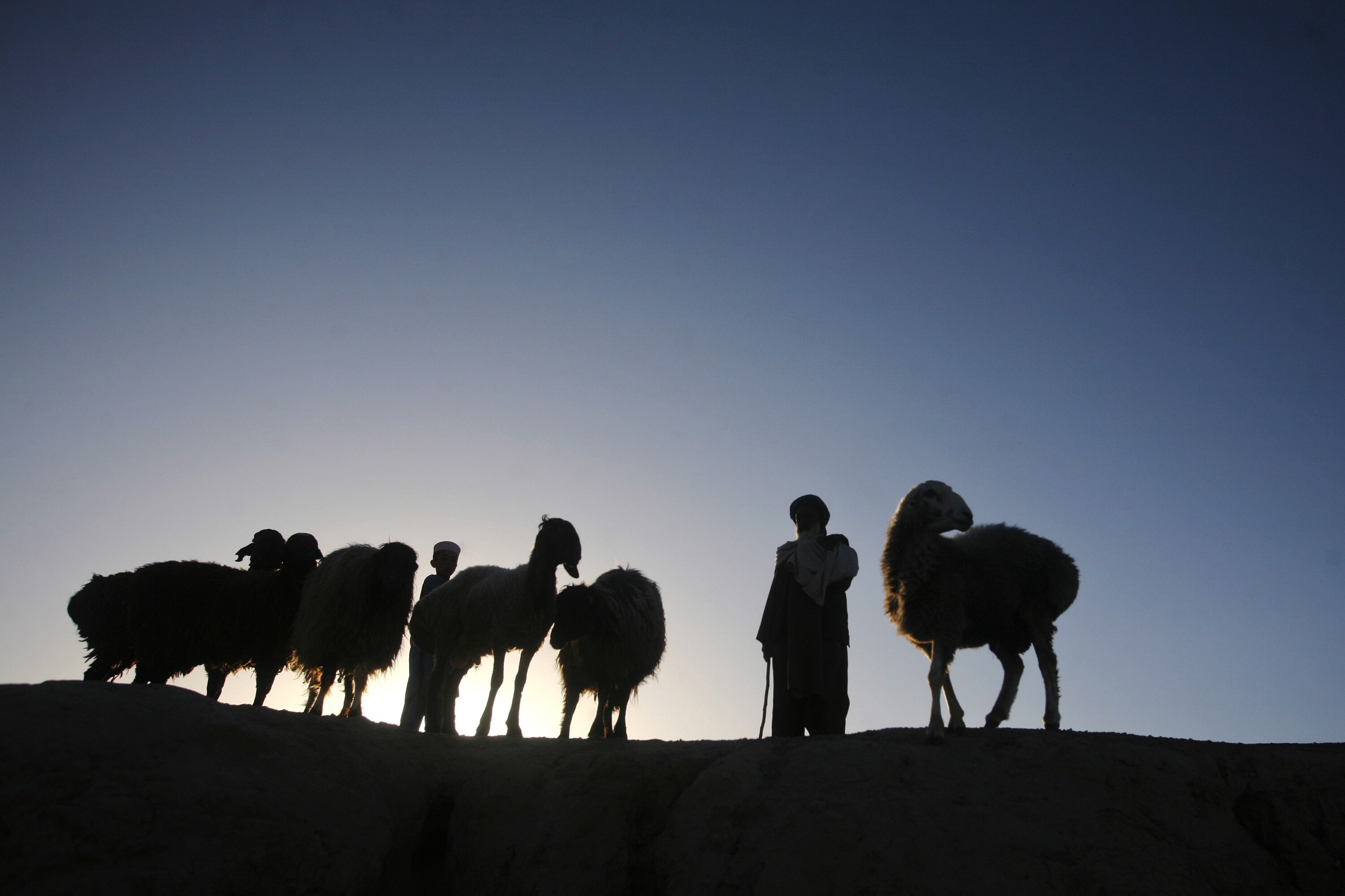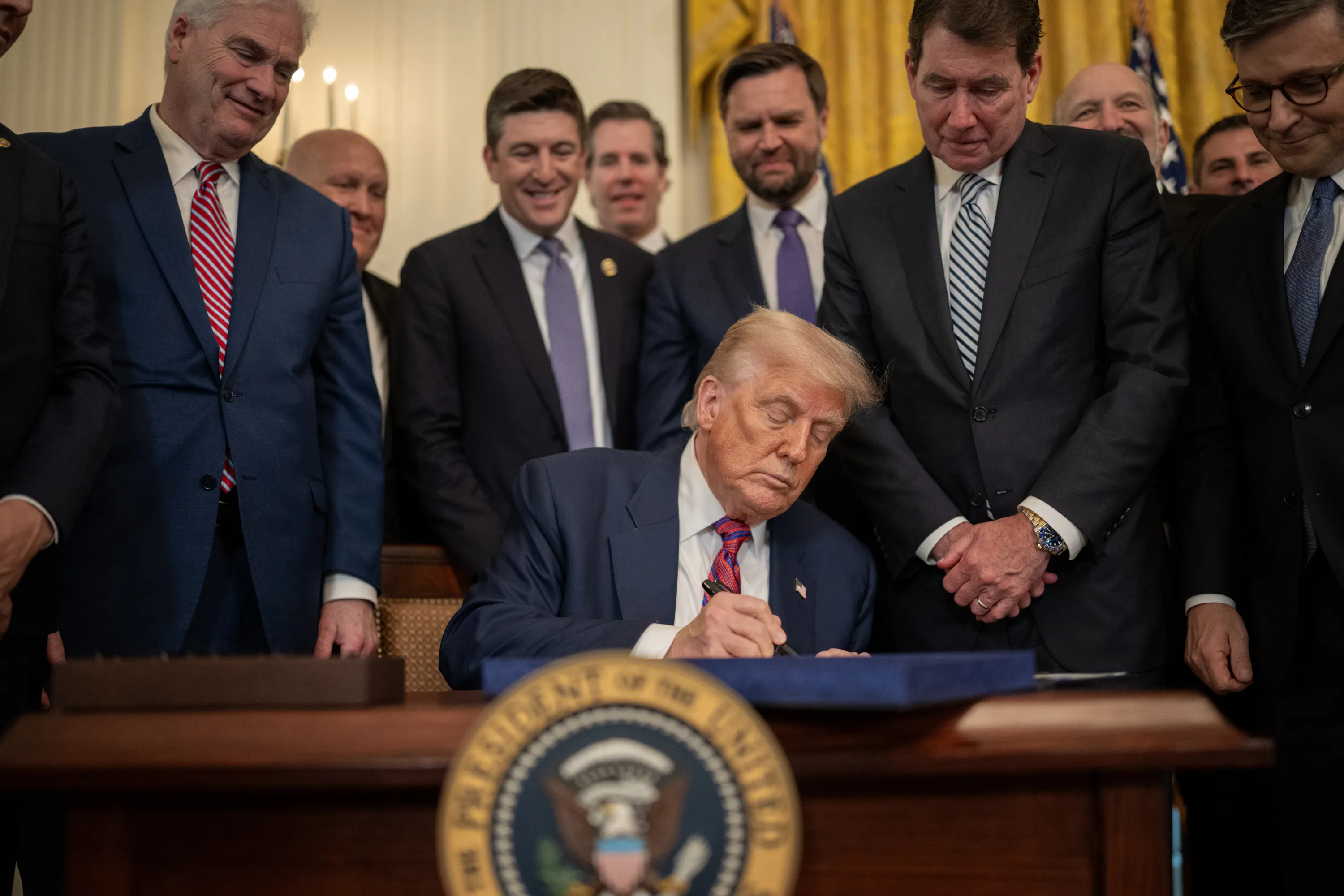3 ways for Africa to tackle inequality and boost growth
Stay up to date:
Africa
This article is published in collaboration with IMF Direct.
Rising inequality is both a moral and economic issue that has implications for the general health of the global economy, and impacts prosperity and growth.
So it’s not surprising that reducing inequality is an integral part of the Sustainable Development Goals adopted by world leaders at the United Nations summit in September. I often discuss with my colleagues where sub-Saharan Africa stands with respect to these objectives. Unfortunately, the region remains one of the most unequal in the world, on par with Latin America (see Chart 1). In fact, inequality seems markedly higher at all levels of income in the region than elsewhere (see Chart 2).
While the last 15 years of high growth in sub-Saharan Africa has pushed up per capita incomes, disappointingly, income inequality within countries has not followed suit and has instead remained broadly stable. And gender inequality has declined more slowly than in other regions.
Reducing inequality also increases growth
My colleagues in the IMF’s African Department sought to shed some light on this issue in our latest economic outlook report for the region. We all have our personal views as to why inequality is an issue, but we were particularly interested to see whether high inequality was detrimental to economic prosperity in the region, building on earlier work done for more advanced economies.
We found that inequality indeed has an adverse effect on growth in the region. More specifically, our research finds that real per capita GDP growth in sub-Saharan African countries could be higher by close to one percentage point per year if inequalities—both income and gender—were reduced to the levels observed in the fast-growing economies of Southeast Asia, such as Indonesia, Malaysia, the Philippines, Thailand and Vietnam. That’s as much as half of the growth gap between those countries and sub-Saharan Africa.
Of course this finding does not apply uniformly to all 45 countries in Sub-Saharan Africa:
- In the region’s low-income and fragile countries such as Niger and Mali, the drag on growth is stronger from infrastructure and human capital gaps and, to a lesser degree, from the prevailing gender Hence, addressing infrastructure and human capital gaps should remain the policy priority to raise growth.
- In the region’s middle-income countries such as South Africa, on the other hand, there could be a growth dividend for policies directly aimed at reducing inequality. There, the growth payoff from reducing income and gender inequalities to the Asian countries’ level appears higher than that of closing the infrastructure gap.
- For oil exporters such as Angola and Cameroon legal restrictions on women’s participation in economic activities combines with the infrastructure gap as the most important factors explaining the growth differential with the Asian countries.
At a time when the growth outlook in the region is getting cloudier, these findings make it all the more important for governments to prioritize policy actions and target those measures that could best unleash the growth potential AND lift inequality. I see three main avenues to follow:
First, fiscal policy actions have an important role to play. Many tax systems in the region depend on exemptions and reduced rates for basic goods that weaken the potential yield of the Value Added Tax, while at the same time most revenues foregone accrue to the better off. Even though the poor spend a large proportion of their income on basic goods, the rich are likely to spend more in absolute terms. That’s why the IMF has argued for phasing out VAT exemptions while transforming expenditure policy into a sharper tool for addressing inequalities. Abolishing fuel subsidies, which mainly benefit middle and higher income households, and replacing them with transfer schemes targeted at poor households would also go a long way toward reducing inequality.
Second, better access to financial services can also help address inequalities. For example, establishing credit bureaus that centralize information can encourage banks to lend to new customers, because information about these potential customers becomes easily available. Meanwhile, some African countries, in particular Kenya where nearly 60 percent of the adult population has access to mobile money, have demonstrated how the use of mobile banking can help disseminate access to financial services to remote regions.
Third, abolishing legal restrictions for women would provide quick gains for countries that need to strengthen growth. For example, eight countries in Sub-Saharan Africa still have ten or more such restrictions, including women not being able to open a bank account or start a new job without the consent of their husband. Removing these restrictions where they exist is a low hanging fruit to support growth, especially at a time when many countries are being hard hit by slumping commodity prices. They should take solace in the experience of countries like Namibia where the removal of restrictions resulted in an increase in participation in the labor force and hence stronger growth.
More inclusive and better-distributed growth also has implications for sustainable growth. Sub-Saharan Africa’s growth record over the last decade or so has been impressive, but less so its record on the inclusiveness front. I believe our work shows how countries can reverse these premises: With growth slowing down in the region, it is more than ever time to make more progress on inequality.
Publication does not imply endorsement of views by the World Economic Forum.
To keep up with the Agenda subscribe to our weekly newsletter.
Author: Antoinette Monsio Sayeh is Director of the IMF’s African Department.
Image: People and traffic move along a busy street in Lagos, Nigeria. REUTERS/George Esiri.
Don't miss any update on this topic
Create a free account and access your personalized content collection with our latest publications and analyses.
License and Republishing
World Economic Forum articles may be republished in accordance with the Creative Commons Attribution-NonCommercial-NoDerivatives 4.0 International Public License, and in accordance with our Terms of Use.
The views expressed in this article are those of the author alone and not the World Economic Forum.
Related topics:
Forum Stories newsletter
Bringing you weekly curated insights and analysis on the global issues that matter.
More on Economic GrowthSee all
Wolfgang Fengler and Marta Cyhan Bowles
September 22, 2025
Agshin Amirov and Azar Hazizade
September 19, 2025
Muhammad Osama Khan and James Balzer
September 18, 2025
Eric White and Elia Tziambazis
September 18, 2025
Lars Holmquist
September 17, 2025
Dante Disparte
September 17, 2025







